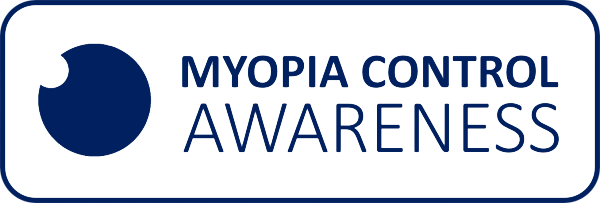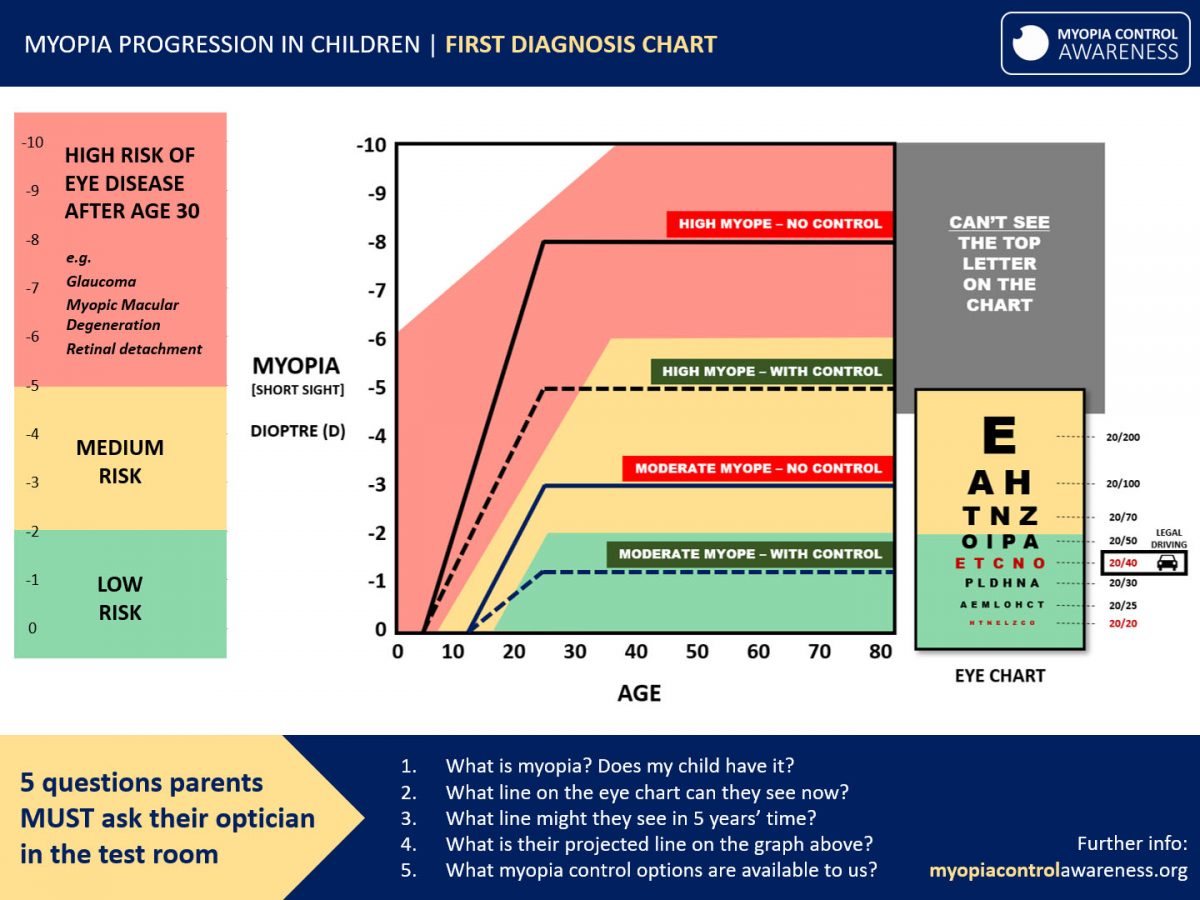Myopia Control
Myopia, often known as “short sight,” can lead to some serious eye issues like retinal detachments and conditions like glaucoma and myopic macular degeneration. These are no laughing matter, mate. The worse your myopia, the higher the odds of these problems cropping up.
Myopia makes your eye grow longer, which puts your retinas at risk of going kaput. Think of your eye as a camera, and the retina is the film that captures the world. If the retina goes south, you’re in for sight trouble that can’t be fixed with glasses or surgery. In the worst-case scenario, it could lead to partial or total blindness.
But don’t fret, there’s good news. We can now dial back myopia in kids. The chart below shows that getting on top of it early is a ripper idea. It’ll help your youngster see better for the long haul and reduce their chances of eye trouble down the track.
TRAFFIC LIGHTS & YOUR CHILD (on the chart above)
RED means high myopia, so you’ve got to take action pronto.
AMBER means moderate myopia. You’re in the clear zone.
GREEN is the sweet spot, where we want to be aiming.
AN ‘EYE TEST’ ASSESSES THE HEALTH OF THE EYE
Now, an “eye test” isn’t just about glasses. It’s all about checking how healthy your peepers are. Our kids are set to live a fair dinkum long time, so their eyes need to go the distance. If your kid’s in the RED ZONE, their eye health isn’t looking too rosy. As they grow older, they might struggle to read the top line of the chart without help, might not be able to hit the road, and face a greater risk of eye issues. So, starting early to keep them in the GREEN or AMBER is the go. Every bit helps. Less myopia now means a brighter future.
MYOPIA CONTROL | STARTING EARLY VS STARTING LATE
Starting Night Lenses early (age 9) was the best thing I ever did for my sons
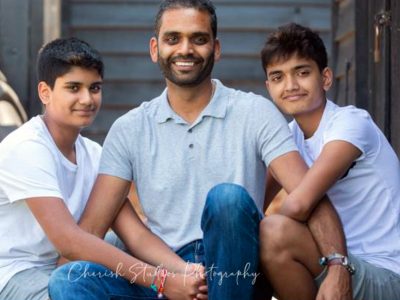
Now, my younger lad, who’s 14, started using night lenses when his eyes were at -1.50, and he’s been as steady as a rock since he hit 10. So, here’s the kicker: both of them kicked off in the RED ZONE, but now one’s hanging out in the AMBER territory, and the other’s sitting pretty in the GREEN.
As a dad, making the call to start early and help my boys see clearly while cutting down their risk of future eye troubles has been a real game-changer. As a clinician, I can tell you, working on myopia control in young ones is honestly one of the most rewarding things I do.”
JAIMIN PATEL, OPTOMETRIST (& DAD)
Tom’s son was in the RED ZONE but started using night lenses at age 13. Now, he’s heading towards the AMBER ZONE, but he won’t quite make it to GREEN. Without early intervention, he’s got a 40% higher chance of eye diseases like glaucoma and myopic macular degeneration down the road compared to Jaimin’s son.
Tom knows how much night lenses changed his boy’s life. He loves surfing, a sport that would’ve been tough without those lenses.
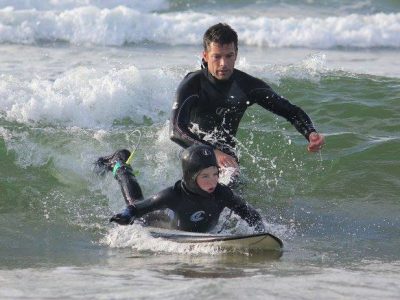

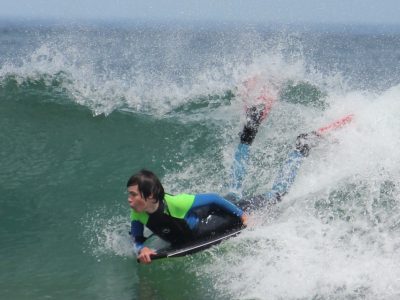
“Benjamin is short sighted”
This is what the optician said. His parents didn’t think much of his short-sightedness when he was 8. But by ages 9-13, his sight took a nosedive. He was in a real pickle without his glasses, especially when he hit the waves. But here’s the shocker: “short sight” was just another name for “myopia,” and the worse it got, the higher his risk of serious eye issues later on. Why didn’t anyone tell them sooner?
At 14, Benjamin got fitted with a myopia control device, and he’s been steady for two years now, moving from RED toward AMBER. He’s 16, surfing, confident, and loving life.
Tom wishes they’d started sooner, though. Benjamin was a lot like Jaimin’s son but started five years later. When they get older, Jaimin’s kid will see way down that chart without help, almost ready to hit the road, and have a low risk of eye problems. Benjamin, on the other hand, will only see the top line and have a moderate risk of eye issues. Starting five years late makes a big difference.
But Tom’s grateful they started at all. Without it, Benjamin might not see the chart at all when he’s older, could’ve needed laser eye surgery, and faced a high risk of eye problems.
Tom’s got a message for parents: take myopia control seriously and start early!
